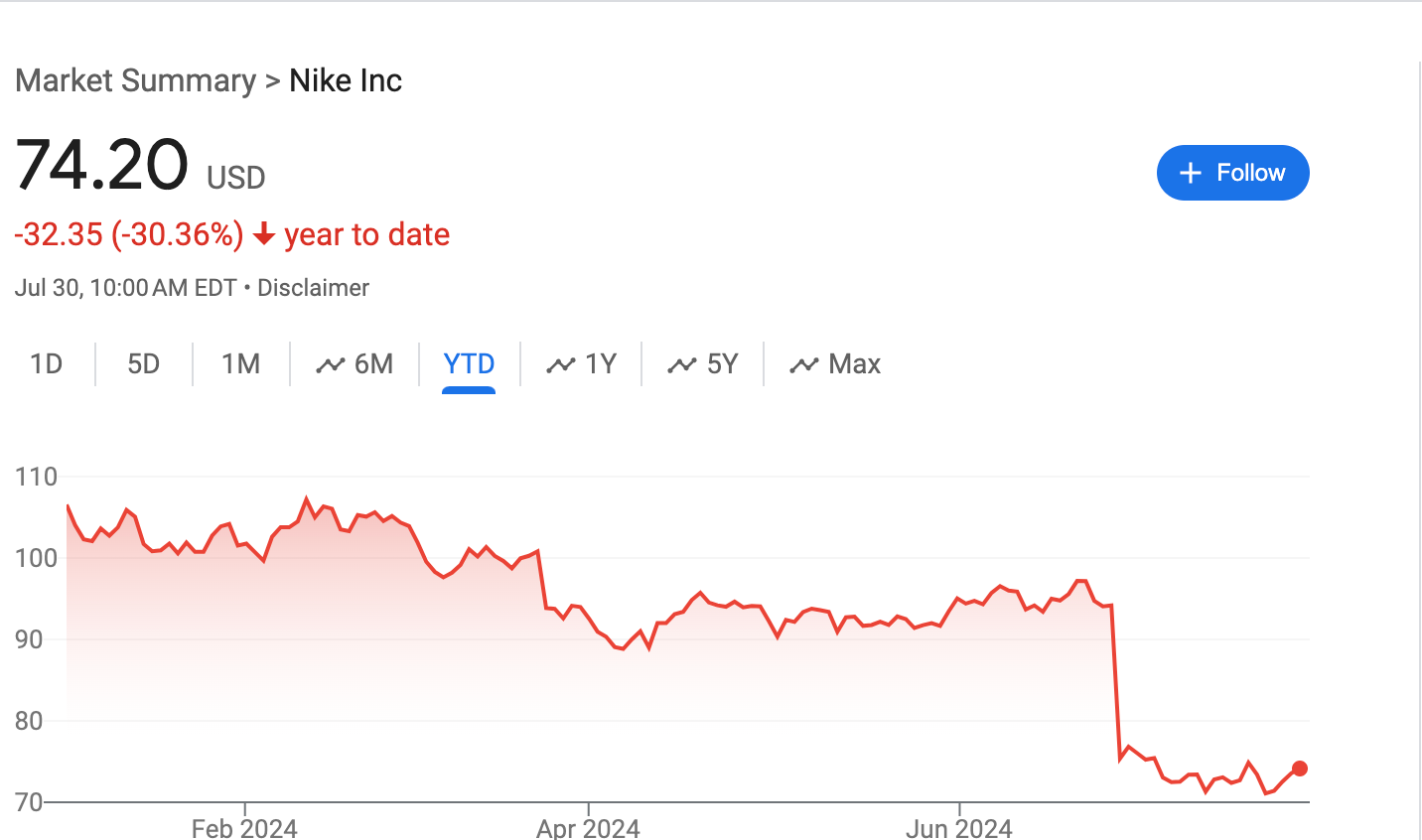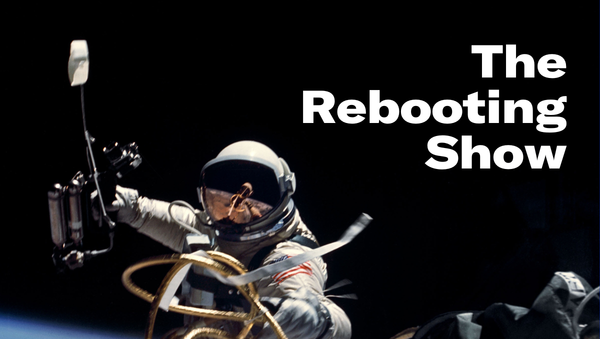The cautionary tale of Nike
Dance with the one you brung
Today, I'm taking a look at the unlikely travails of Nike since many of the challenges the company faces are common across the media and marketing ecosystem. I'm looking to do more analysis in The Rebooting of the marketing side, since it drives so much of the media ecosystem. Send me a note if you're interested in writing (or podcasting) for The Rebooting as it expands from publishing into other parts of the media and marketing ecosystem. My email is bmorrissey@therebooting.com. Also get in touch if you there are other areas of media and marketing where you have expertise and a distinct point of view.
Further down, I have highlights from my podcast conversation with WordPress VIP CTO Brian Alvey, who built the first CMS I ever used. We talk about a variety of aspects of the modern publisher's product organization, including why AI will be focused first and foremost on ancillary tasks.
The cautionary tale of Nike
In every industry there are pacesetters that other companies envy and then emulate. Nike has always been that in the brand world. It built a massive business off a strong brand that was rooted in aligning with athletes and culture, backed with truly iconic advertising campaigns executed with an unusually long-term partnership with Wieden + Kennedy. Nike was also an early adopter of tech, from its sneaker customization, move into wearables and embrace of the “go direct” mantra.
But now it is at risk of becoming a cautionary tale. The company’s stock is down 30% this year, as Nike flails with an ill-considered reorganization that has the fingerprints of McKinsey all over it, a botched focus on DTC at the expense of wholesale relationships and a seeming overreliance on performance marketing over brand advertising. CEO John Donahue is at risk of becoming a modern John Scully.

Former Nike exec Massimo Giunco is unsparing in a semi-viral LinkedIn post (these exist) that dings leadership for a series of missteps that, in his view, are self-inflicted and arose from a company turning its back on what made it so successful. It echoes the critique of another Nike exec, Jordan Rogers, in early July that “Nike will die a death of a thousand paper cuts.”
What happened?




